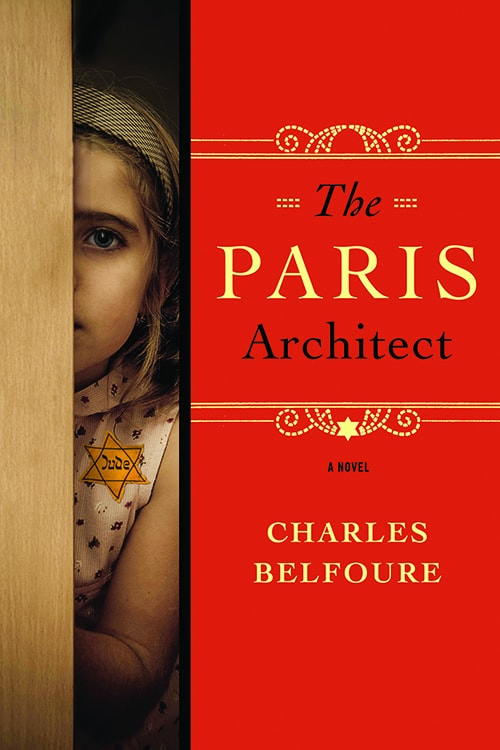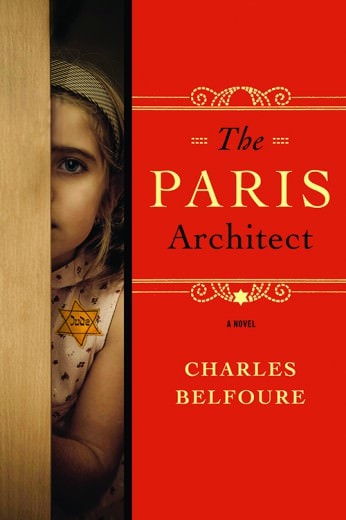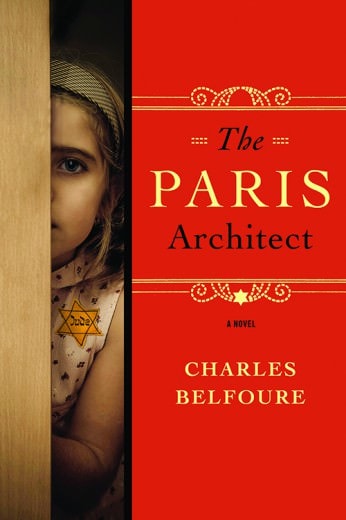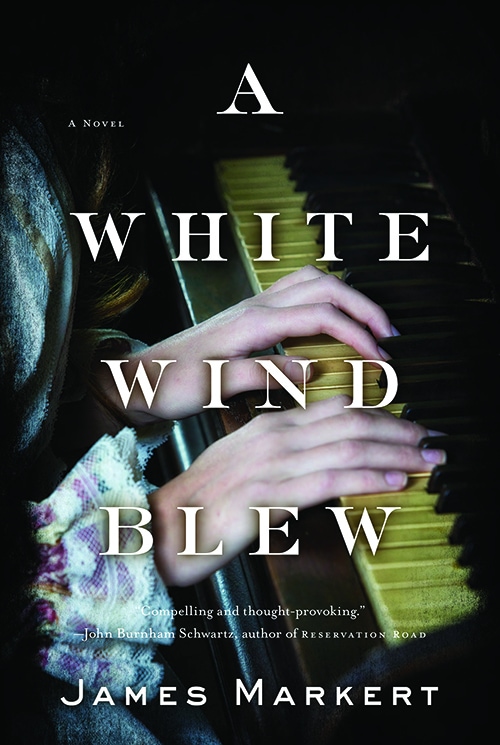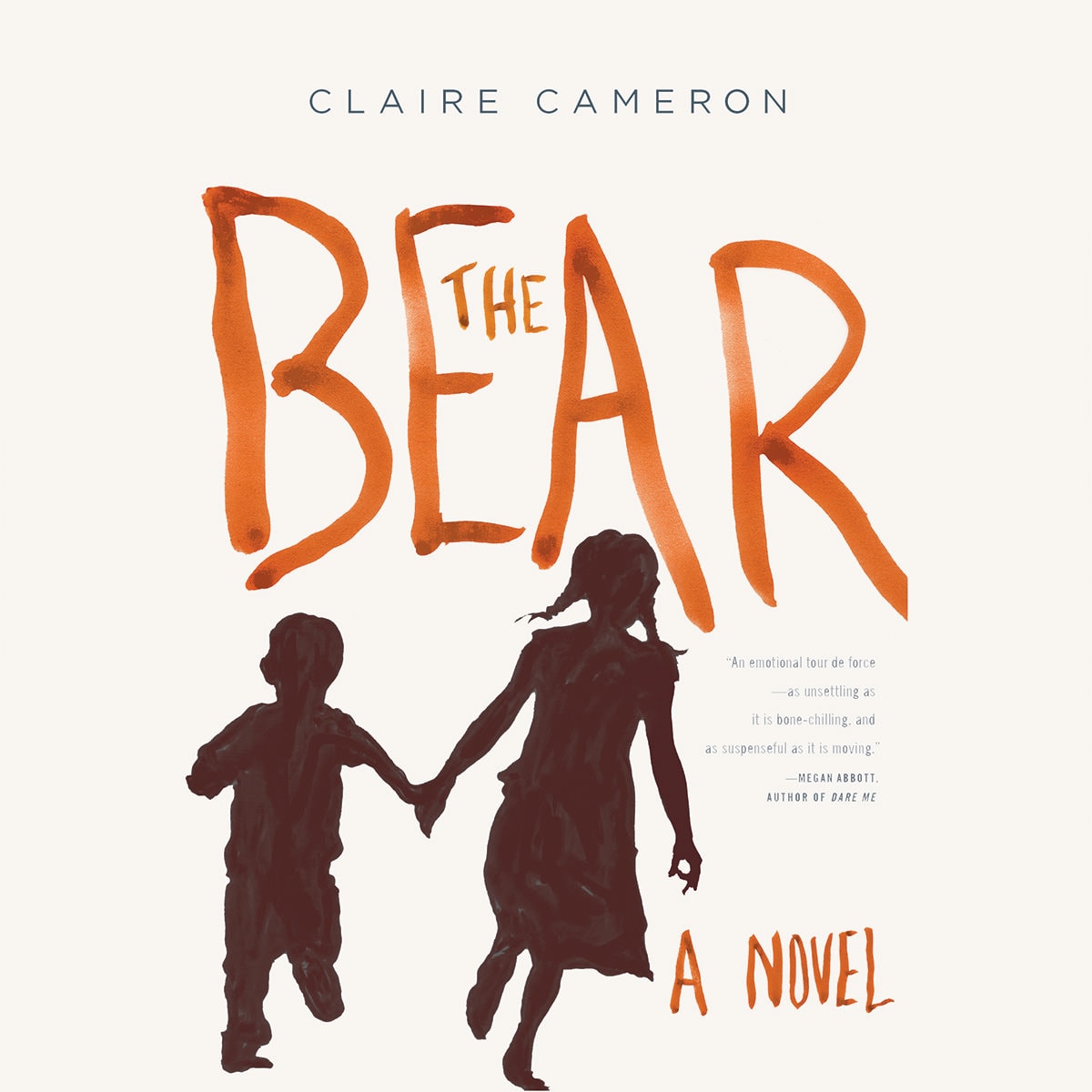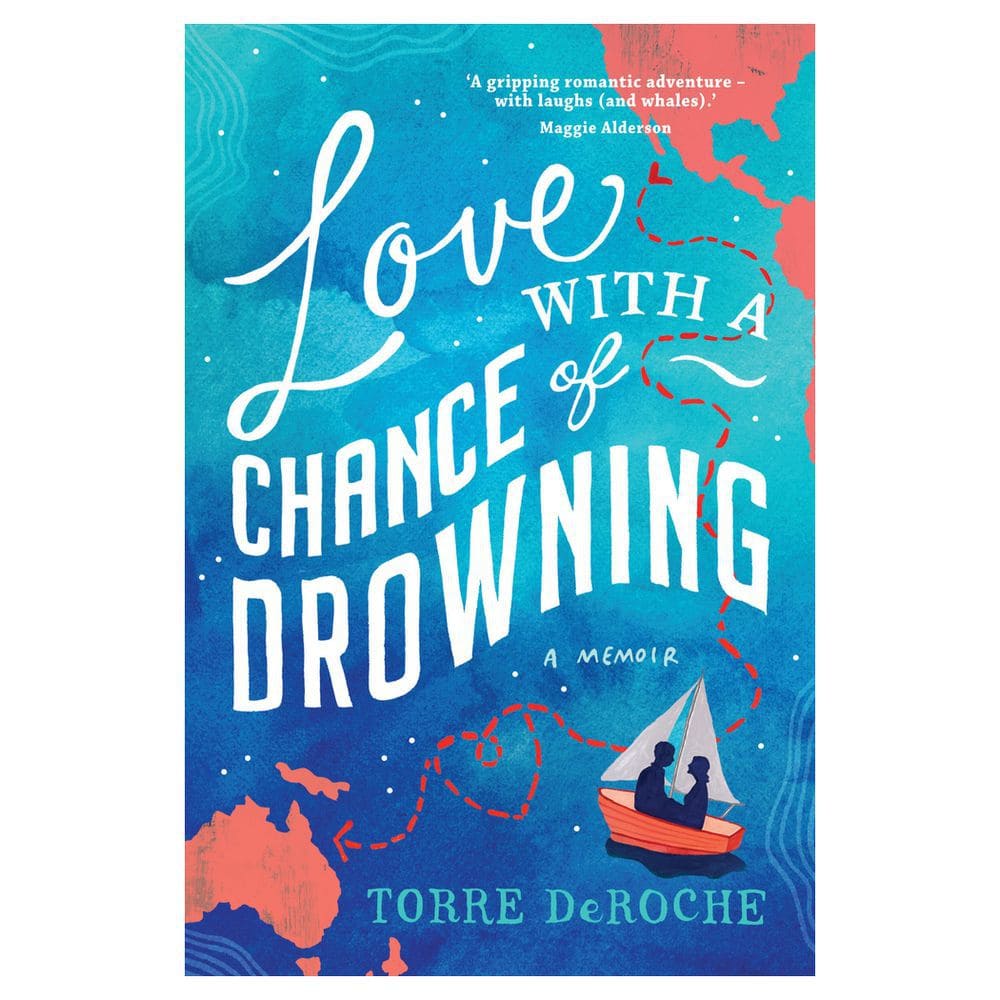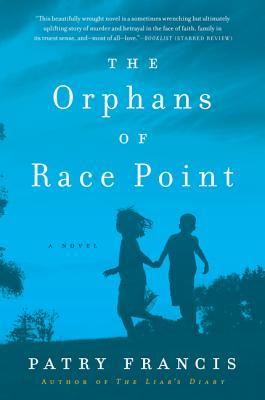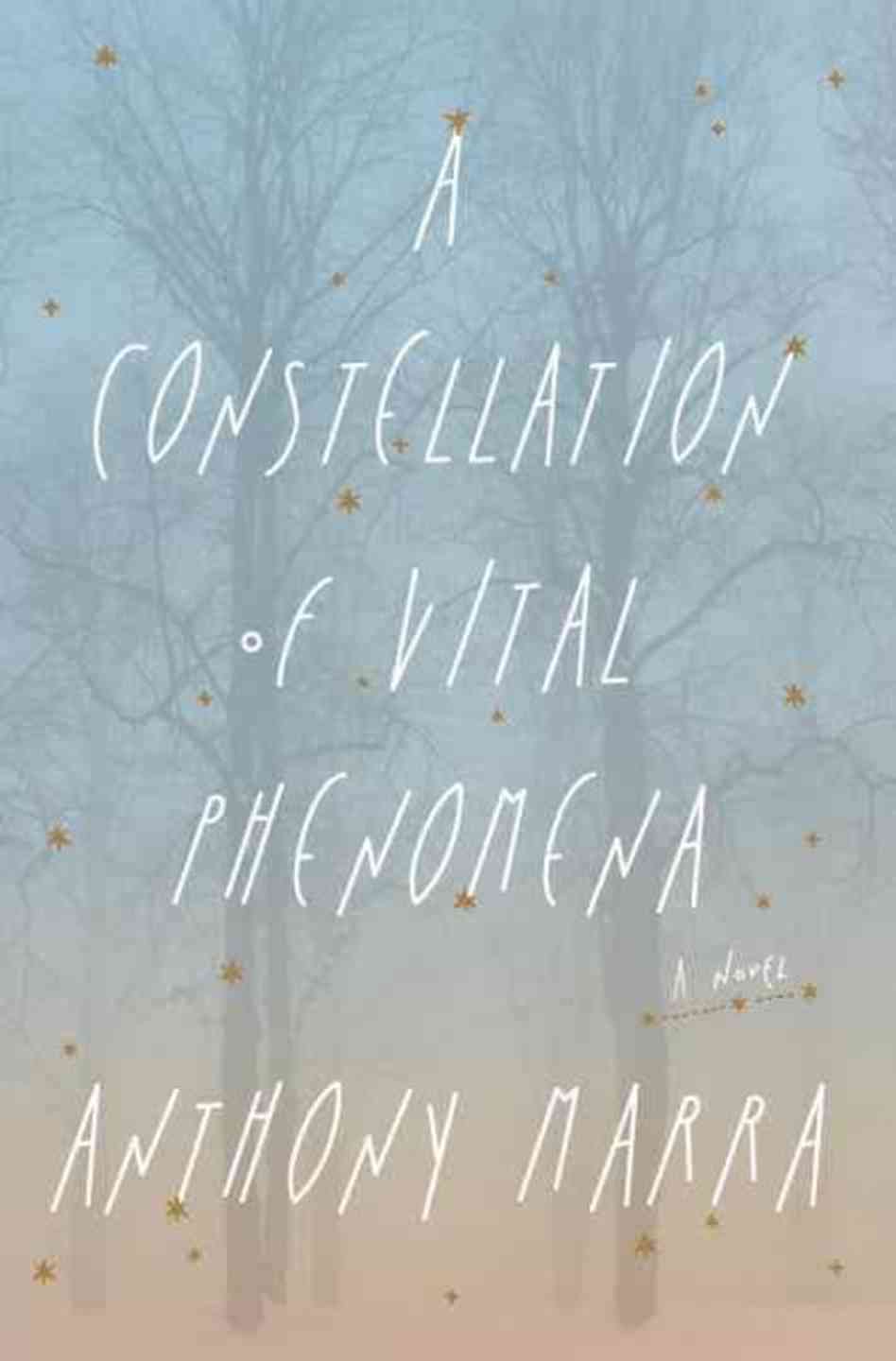
I am so excited to discuss our MomAdvice Book Club pick, A Constellation of a Vital Phenomena with you. I am doubly excited that Anthony Marra has agreed to answer our questions about his astonishing debut novel with you.
With a book of this gravity, it is hard to know where to begin in our discussion. First, I want to thank you all for participating in this month’s selection. I know that we had two historical fiction books that centered upon wartime topics, but once I began to read this book, I knew from Marra’s beautiful writing that this would be a book worth discussing with you all.
Let’s begin with our cast of characters in this book, as there are many, all of them offering much importance to this storyline and beautifully woven together at the end of our story.
The Cast of Characters
Sonja: An amazingly talented doctor who is almost singlehandedly carrying for the wounded at an abandoned hospital. Sonja is consumed with worry and grief over the loss of her sister, Natasha, who has disappeared.
Akmed: The neighbor who discovers Havaa in the woods and offers his services as a doctor in exchange for Havaa’s safety at the hospital. We later learn in the story of why Akmed is so motivated to save Havaa. Of course, we also soon discover that Akmed is more of a dreamer and artist than a doctor, but he offers his services nonetheless. He is also husband to Ula, who has dementia and is completely reliant on Akmed to care for her.
Havaa: Is the eight-year-old child that is saved by Akmed when her father is taken by the Russian military, leaving her without her father and her home. She has now become the target of the Russian military and Akmed has volunteered to keep her safe. Although Havaa is at the center of our story, her storyline isn’t as deep as many of the other characters. Her suitcase that she carries, however, holds a secret that weave some of our characters together.
Natasha: Sonja’s beautiful younger sister is truly a victim of war. She becomes a victim of sex-trafficking, a drug addict, and is dealing with PTSD after all she has been through. We follow Natasha through both of her disappearances and discover the outcome of both of those, although Sonja never does.
Khassam: Is a scholarly elder neighbor and friend to Akmed and became one of the most endearing characters to me. Khassam writes a book on Chechnya and its history, yet only gets a fraction of his thousands upon thousands of pages published. He is in a nonexistent relationship with his son because his son has become an informant. His best friends have now become a pack of feral dogs. While Akmed is at the hospital, he visits Akmed’s wife and shares his life story to the one person who will never remember them, due to her failing mind.
Ramzan: Is Khassam’s son and, perhaps, one of the most complex characters in the book. Ramzan has become an informant after two times of brutal torture. He is the one who has turned in his friends & neighbors to keep his own safety and protect his father. He is the boy that never felt loved and is still hated even when he feels he is, “doing the right thing,” for his family.
Dokka: Is Havaa’s father and a good friend of Khassam & Akmed. Dokka has suffered horrible mutilation when he is tortured during this war. He is a kind soul that takes in refugees during the war. He is abducted by Russian soldiers in the opening chapter and accused of aiding Chechen rebels. He is not a central character to this story, as those above are, but his story does weave into these other six characters in some unexpected ways.
Now that we have all of our characters, let’s delve into this book more! As a reader, we were able to follow the timeline from 1994-2004 as it moved forwards and backwards through time, taking the reader on a journey of what each of these characters went through during the war and how it had impacted each of them as people.
In this novel, two doctors risk everything to save the life of a hunted child named Havaa. Havaa is just eight years old when her neighbor Akhmed finds her hiding in the woods, watching her house burning down. Akhmed knows getting involved means risking his life, but her father is an old friend, and he risks it all deciding to take her to an abandoned hospital where a woman named Sonja Rabina runs a hospital almost single handedly.
Sonja does not love kids…at all. Akhmed convinces her to keep Havaa for a trial, and over the course of five extraordinary days, Sonja’s world will change in ways she never imagined. The reader is taken on a journey through each of these character’s past on an extraordinary journey of love, loss, and ultimately what it means to be human.
I found myself completely swept away into each of these characters and what they had to overcome. Although the book was about war and suffering, the book was also all about love and what we do for love.
This entire book was so beautiful that I reread some of the scenes over again. For example, the scenes when Natasha finally has some happiness and purpose when delivering babies in the hospital, brought me a lot of joy as a reader. The scenes when Khassam goes to visit Ula to tell her his secrets because he knows her failing mind will never remember them truly moved me to tears. The beautifully drawn portraits that Akhmed drew that hung in the street deeply moved me as a reader.
Everything about this book seemed to have significance and meaning. In previous interviews, Marra has described how he settled upon, “A Constellation of Phenomena,” as his title. In an interview he states, “One day I looked up the definition of life in a medical dictionary and found a surprisingly poetic entry: “A constellation of vital phenomena—organization, irritability, movement, growth, reproduction, adaptation.” As biological life is structured as a constellation of six phenomena, the narrative life of this novel is structured as a constellation of six point-of-view characters.”
The reader quickly realizes that every word is precious and every sequence of events will later have meaning and be woven together. Marra frequently writes of what we can expect to come from these characters and even clues us in on their longevity through an omniscient voice that help us sometimes know whether we should get too attached or worried about the next scenes outcome.
When Marra brings it all together, it is beautiful and surprisingly hopeful, especially when we learn of the fate of the beautiful Havva.
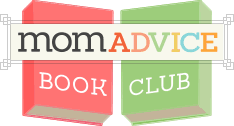
I am so honored that Anthony Marra has agreed to speak with us today, to share more about this amazing book. You can become a fan of Anthony Marra on Facebook or follow him on Twitter.
Anthony Marra is the winner of a Whiting Award, a Pushcart Prize, The Atlantic‘s Student Writing Contest, and the Narrative Prize, and his work has been anthologized in Best American Nonrequired Reading 2012. He holds an MFA from the Iowa Writers’ Workshop and is currently a Jones Lecturer in Fiction at Stanford University. His first novel, A Constellation of Vital Phenomena, was published in May 2013 and will be translated into over a dozen languages.
In short, he is a big deal, and he is talking with us today!
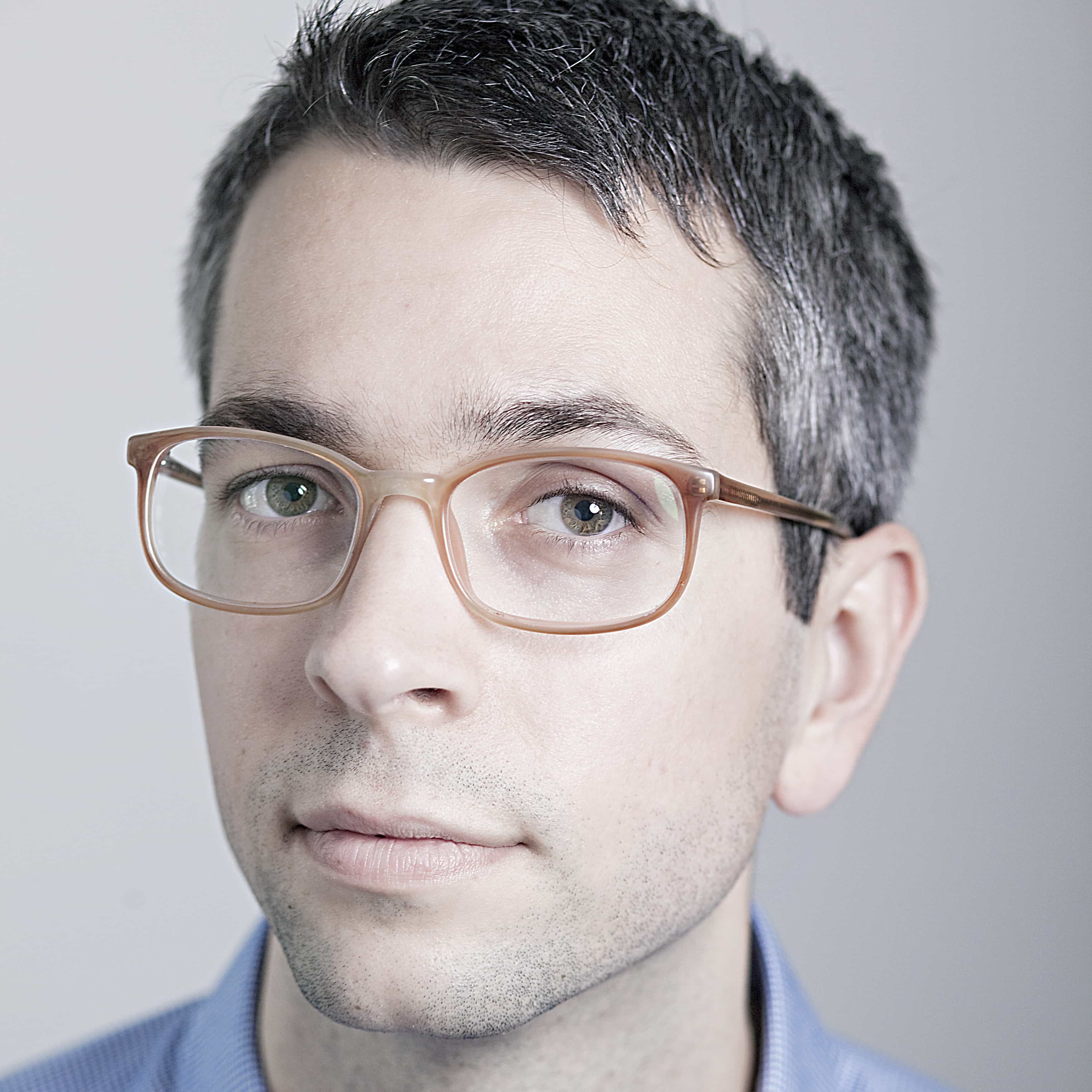
Questions for Anthony Marra
I understand that this novel began as a short story called, “Chechyna.” At what point did you feel that this short story was actually a novel and what did a process like this entail for you as a writer?
Nearly as soon as I finished the short story, I realized that the characters, their pasts and futures, stretched much farther than a twenty-five page piece of short fiction could contain. In the short story, I’d only just crossed the border into a land that fascinated, perplexed, and moved me. The next several years were my attempts to explore that land more deeply and draw a map of what I had found.
Many times as a reader we are clued in on the fates of these characters, even during pivotal scenes, which is a rarity as a reader. Was this style of omniscient narrating difficult to flesh out since you had to know how these characters stories would develop?
My writing process is largely based on retyping. As soon as I finished the first draft of Constellation, I printed it out, dropped it in front of my keyboard, and retyped the book from the first word on, and did this a number of times until I had a final draft. I find this useful for a few reasons. First, it forces you to go through the book at a glacial pace, meaning you end up noticing both the inconsistencies and the small resonances you might miss if you were moving through the book at a rate of more than a page an hour. Second, it tricks your mind into returning to the same creative well from which the sentences first emerged, letting the language change organically from the inside out, rather than through the transposition of red-pen edits. Third, and most important, you begin to see the scene both as you write it, and through your earlier imaginings. There was a David Hockney exhibition here in San Francisco a few months back, and there were entire walls of the same landscape painted again and again, in different seasons and different mediums. One of the placards said that Hockney believes he sees the landscape more clearly the more times he paints it, because he’s seeing it not only through his eyes, but through his memory.
I had a similar experience writing this book. Up until the fourth retyping of it, the novel was told in a very limited third person perspective. The reader never knew or saw beyond a single character per chapter. But the fourth time through, I felt like I knew the scenes so well that my eye began to wander away from the main characters to minor characters I hadn’t paid much attention to before. In a sentence I projected the future of a character who only appears in the book for the space of a paragraph. It felt like a big bang right in the middle of the book. Suddenly the story seemed like it could be much larger, more inclusive, really trying to wrap the covers around as much of this world as it could encompass. And I realized that I wanted to tell a story in which there were no minor characters. Just about every character, no matter how minor, gets their sentence in the spotlight.
The weaving and gathering of six characters together really brought these stories together for me as a reader. How hard was it to pull these six characters together for you as a writer? Did you always know how they would interweave?
I knew from the beginning that if I was going to write about the Chechen conflict, it couldn’t be a novel with a traditional beginning, middle, and end. Violence has broken these characters sense of time and narrative. Yet they’re all trying to piece their lives together, to recover what’s been lost, and while they often don’t succeed, by attempting to rescue their past they instead create new and unexpectedly meaningful present. I wanted the novel to embody at a structural level this central act of its characters, mending their individual stories into a communal whole.
While writing the first draft, I had a final page in mind that I was writing toward. Even though I ultimately decided to go with a different ending, it gave me a destination, a concrete point in the future of the novel that I had to get to, even if I didn’t really know the way. Sometimes I knew characters would interweave fifty pages in advance, other times it wasn’t until I was in the midst of writing a scene. A novel contains not only a writer’s thoughts, to paraphrase Marilynne Robinson, but also a pretty good blueprint for how a writer thinks. As a writer, I tend to find myself tuning into the echoes trapped between narratives, and using those echoes as the connective tissue to build the kind of mega-story made up of many small stories that feels a lot like life as I experience it.
Natasha and Ramzan both find themselves as prisoners a second time. When faced with the reoccurrence of this, Natasha sacrifices herself while Ramzan sacrifices those around him to save himself. Were you able to sympathize with both of these characters and why they made the choices they did?
That’s a great question, and yes, I found both characters very sympathetic. Ramzan, the ostensible villain of the book, probably has more of my empathy than any other character. He’s more or less an average person placed in very difficult conditions. A place like Chechnya in this time period magnifies moral choice. Because the stakes are so high, the smallest betrayal can lead to tragic consequences. Were Ramzan to live in America, his ethical failures would probably result in nothing more calamitous than, say, lying on his CV. So I felt it was important to portray his experience without any kind of authorial judgment. The ability to recognize ourselves in a character like Ramzan makes his betrayals all the more harrowing.
Natasha, when confronted with different but no less difficult choices, decides to resist because she reaches a point at which she values her dignity more than she values her survival. If placed in those circumstance, I think we’d all like to believe we’d have her courage. More likely, we’d have his fear.
What do you have in store for us with your next book?
Well, I’d initially thought I’d packed my bags and head to warmer climes after Constellation. Instead, I ended up in the Arctic Circle, working on a book that revolves around a 19th-century landscape painting, and the lives of those who alter, repaint, buy, lose, receive, and restore the painting, along with those who live and die on the plot of land it portrays.
Thank you to Anthony Marra for joining us today in our book club discussion. Isn’t he amazing? I was so honored that he took our questions on his book!
What did you think of The Constellation of Vital Phenomena? Did you like the omniscient narrative in this one? Which storyline moved you the most? Share your thoughts on our book club pick below and offer recommendations for what you might like to see on our list in the upcoming year!
What did you think of The Constellation of Vital Phenomena? Did you like the omniscient narrative in this one? Which storyline moved you the most? Share your thoughts on our book club pick below and offer recommendations for what you might like to see on our list in the upcoming year!
Our next book club pick will be announced on February 28th- stay tuned! In the meantime, catch up on what is happening this year and explore our past book club selections here!
This post does contain affiliate links!
Pin It